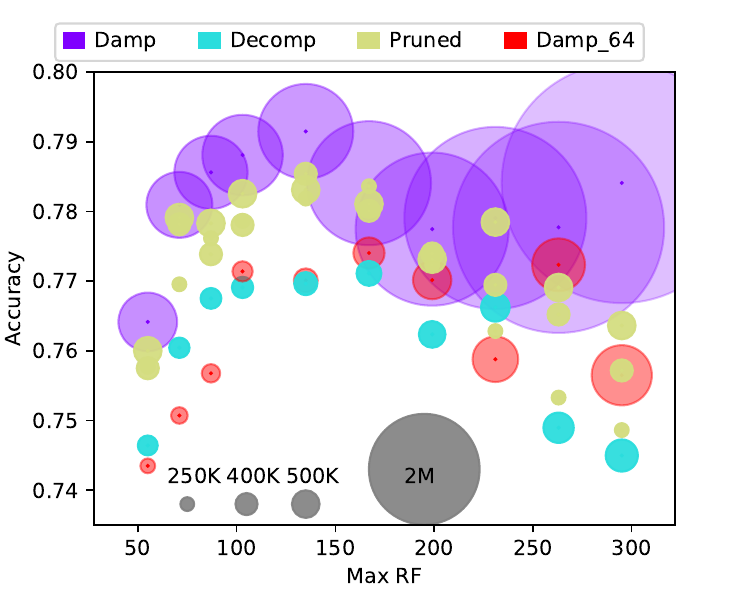The Receptive Field as a Regularizer in Deep Convolutional Neural Networks for Acoustic Scene Classification
Convolutional Neural Networks (CNNs) have had great success in many machine vision as well as machine audition tasks. Many image recognition network architectures have consequently been adapted for audio processing tasks. However, despite some successes, the performance of many of these did not translate from the image to the audio domain. For example, very deep architectures such as ResNet and DenseNet, which significantly outperform VGG in image recognition, do not perform better in audio processing tasks such as Acoustic Scene Classification (ASC). In this paper, we investigate the reasons why such powerful architectures perform worse in ASC compared to simpler models (e.g., VGG). To this end, we analyse the receptive field (RF) of these CNNs and demonstrate the importance of the RF to the generalization capability of the models. Using our receptive field analysis, we adapt both ResNet and DenseNet, achieving state-of-the-art performance and eventually outperforming the VGG-based models. We introduce systematic ways of adapting the RF in CNNs, and present results on three data sets that show how changing the RF over the time and frequency dimensions affects a model's performance. Our experimental results show that very small or very large RFs can cause performance degradation, but deep models can be made to generalize well by carefully choosing an appropriate RF size within a certain range.
PDF Abstract




 DCASE 2016
DCASE 2016